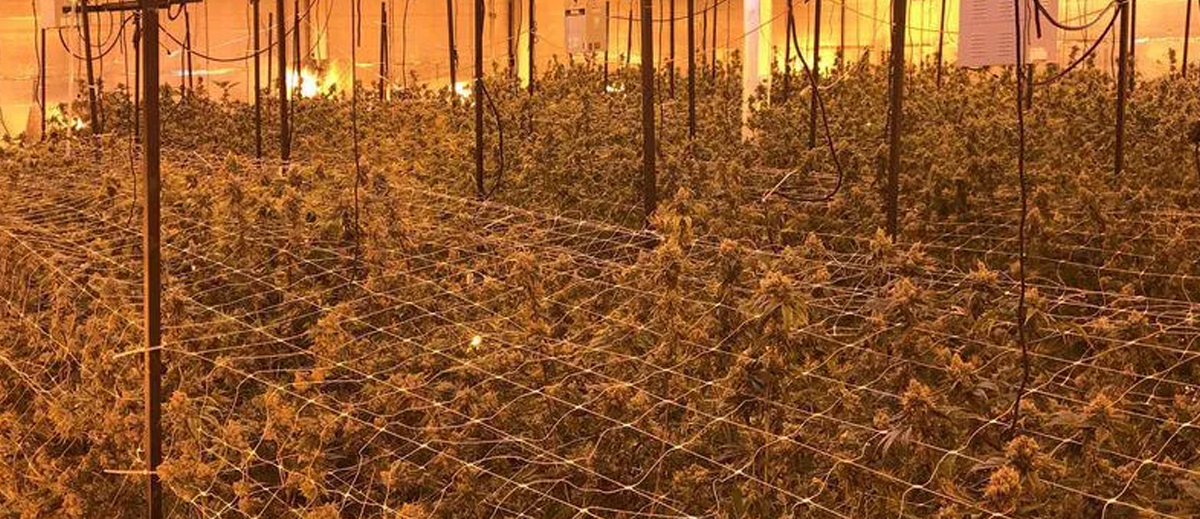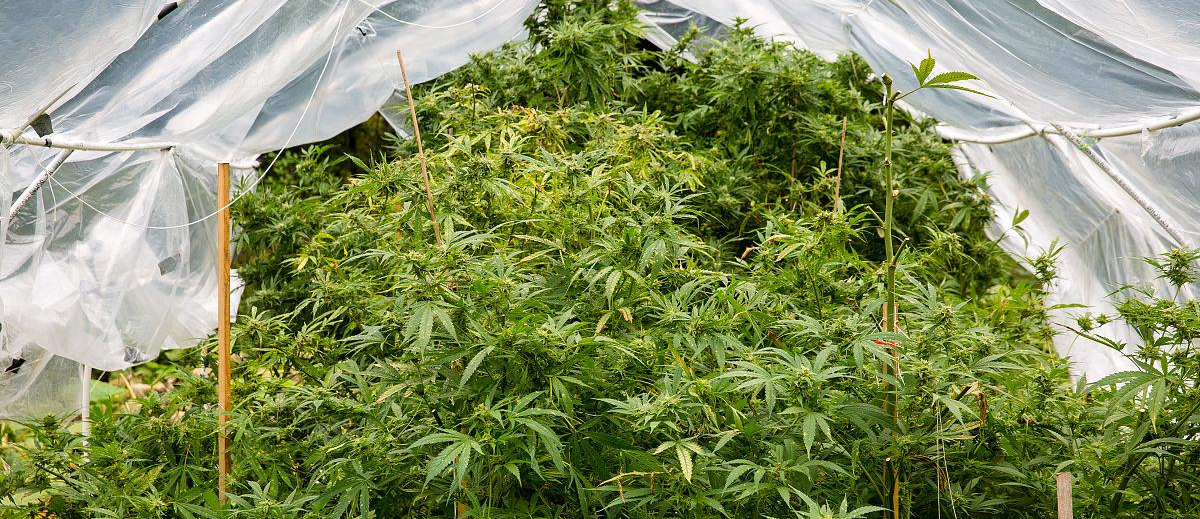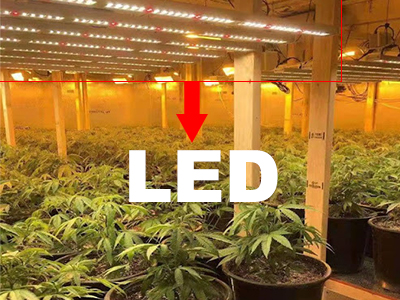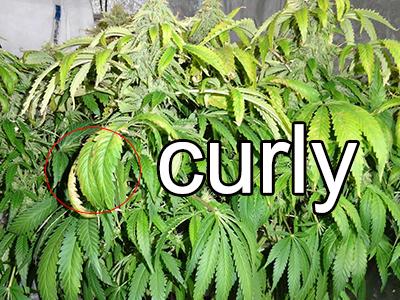In this era of efficiency and sustainability, every agricultural practitioner faces a crucial choice: whether to invest in advanced indoor cultivation systems or opt for the lower-cost, more traditional greenhouse cultivation methods. It is not just an economic question but also a strategic decision. On one hand, the rapid development of indoor cultivation technology allows people to grow various crops anywhere and at any time, breaking the constraints of natural conditions and ensuring crop growth even in harsh environments. On the other hand, greenhouse cultivation, as a mature and cost-effective method, has always been the preferred choice for a wide range of agricultural producers.
Although both methods aim to promote optimal crop growth, they differ significantly in operational methods, cost inputs, and even the types of crops they are suitable for. Today, let's discuss the characteristics, advantages, limitations, and suitable plant species for these two cultivation methods. Hopefully, this discussion will help you better understand these modern agricultural approaches and provide you with more information and clarity when faced with the choice.
Indoor cultivation is like providing plants with a technologically advanced "home." Its biggest feature is the ability to control environmental conditions around the clock, including lighting, temperature, and humidity, providing an ideal growth environment for plants. One major advantage of indoor cultivation is the ability to grow a variety of crops in non-traditional seasons or regions, ensuring stable production throughout the year. This method greatly reduces the impact of weather fluctuations on crop growth and enables the cultivation of special varieties of plants that require specific environmental conditions, even in non-traditional seasons and regions.

In the indoor cultivation environment, where lighting, temperature, humidity, and other environmental factors can be precisely controlled, many plants with specific growth requirements can be successfully cultivated. Here are some plants suitable for indoor cultivation:
Cannabis: Cannabis plants have high environmental requirements, including specific lighting and temperature conditions. Indoor cultivation can provide the suitable environment for controlling their growth cycle and quality.
Herbs and spices: Plants such as basil, mint, and rosemary often require stable temperature and lighting conditions, which can be ensured through indoor cultivation, allowing year-round production.
Tropical and subtropical plants: Orchids, jasmine, and tropical carnivorous plants are examples of plants that require stable high humidity and temperature.
Specialty vegetables and fruits: Various high-quality varieties of greenhouse tomatoes, bell peppers, strawberries, and other crops can be meticulously cared for in indoor environments.
Early spring flowers: Tulips, hyacinths, and other flowers can be grown earlier through indoor cultivation.
Experimental plants: Genetically modified plants or special varieties used for research that require precise environmental control.
Greenhouse cultivation, on the other hand, is closer to traditional agricultural practices, utilizing semi-enclosed structures to protect plants and reduce the impact of adverse weather conditions. It primarily relies on natural light and, although more susceptible to seasonal and weather fluctuations compared to indoor cultivation, it is cost-effective and requires simpler maintenance. Greenhouse cultivation is suitable for a wide range of crop types, especially those that do not have strict requirements for lighting and temperature, such as vegetables and certain fruits. While greenhouse cultivation has lower costs, it is more affected by natural environmental conditions and has limited ability to withstand extreme weather. It also presents challenges in disease and pest management.

Greenhouse cultivation is more commonly used in commercial agricultural production and is suitable for the cultivation of crops on a large scale. Some examples include:
Common vegetables: Lettuce, spinach, cabbage, radish, and other vegetables that have good adaptability to environmental conditions.
Fruit vegetables: Common varieties of tomatoes, cucumbers, beans, and other crops that can receive sufficient light and protection in greenhouses.
Cold-tolerant vegetables: Various root vegetables and leafy vegetables that can withstand certain levels of low temperatures.
Seasonal flowers: Chrysanthemums, annual flowers, and other seasonal flowers suitable for seasonal cultivation in greenhouses.
Industrial crops: Cotton, tobacco, and other crops that can receive initial growth protection in greenhouses.
In summary, greenhouse cultivation is more suitable for plants that have good adaptability to environmental conditions and are suitable for large-scale cultivation, while indoor cultivation is more suitable for plants that require precise management and specific environmental conditions. Each method has its unique applications and advantages. However, the choice depends on your goals and conditions. If you have a larger budget and want to try something innovative, indoor cultivation can bring unexpected rewards. If you prefer simplicity and lower costs, greenhouse cultivation may be the preferred option. If you want to learn more about cultivation techniques and knowledge, feel free to contact us by clicking on the dialogue box below.























